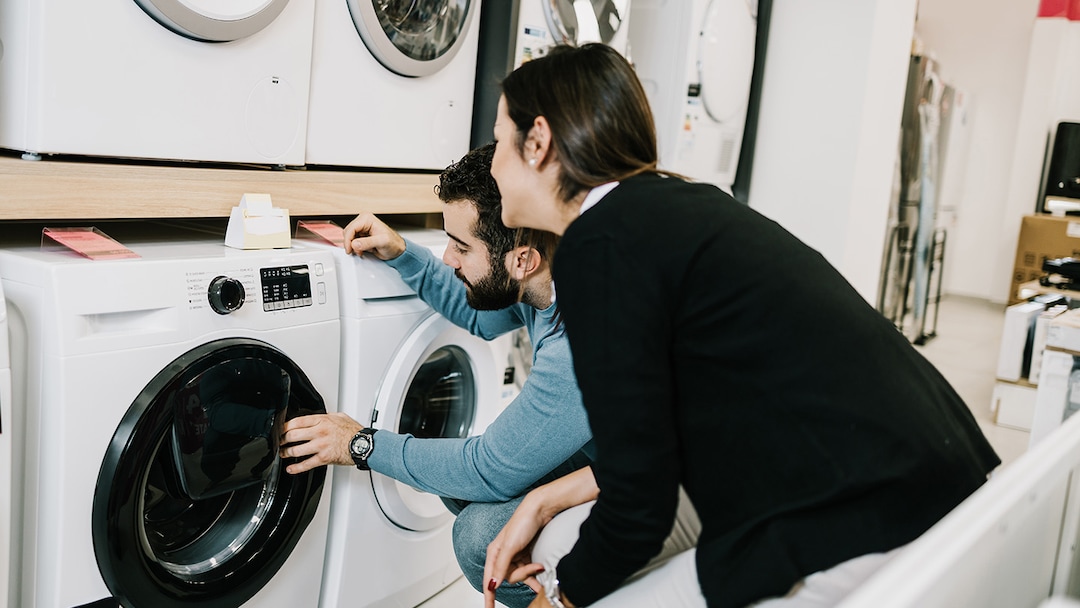What to do when you put a large purchase on a credit card

Quick insights
- You may want to notify your credit card issuer before making a big purchase to help ensure a smooth transaction.
- Checking your credit limit before making a big purchase may be wise so you can confirm you have enough available credit to make your purchase.
- If your purchase is significantly higher than your usual spending, it could be flagged as fraudulent as a way to protect your account.
Big expenses can be planned or unexpected. No matter when or why they happen, you may consider putting them on a credit card. If you do, there are some things you may want to consider before you use your available credit.
What is considered a large purchase on a credit card
What you consider a large purchase may depend on your current financial situation. A $500 purchase can feel large to some people and routine to others.
A more straightforward classification can be tied to your credit utilization ratio. Credit utilization compares the credit you have available with your total credit limit. Your card issuer may consider any purchase that would bring you over 30 percent of your credit utilization as large.
If you don't routinely put large purchases on your card or if a purchase you plan to make will significantly lower your available credit, this could raise some concerns with your card issuer.
Notifying your credit card issuer about large purchases
It may be a good idea to notify your card issuer when putting a large purchase on your card. If the purchase is outside the norm of your typical card usage, your account could get flagged. There also is potential that the charge could be declined if the purchase is deemed unusual for you.
Notifying your card issuer may lower the chance of your purchase being flagged as fraudulent and increase the chance that your transaction goes smoothly.
How to notify your credit card company
Here are some steps you may want to follow when notifying your credit card issuer about a large purchase:
- Review your credit card agreement: Before making a large purchase, review your agreement or contact customer service to understand any policies related to large purchases. Some issuers may have specific thresholds that require pre-authorization.
- Check your credit limit: Ensure that the purchase does not exceed your credit limit. If it does, you might need to request a temporary credit limit increase.
- Contact customer service: Reach out to your credit card issuer's customer service department. This can typically be done via a phone call, though some issuers might offer the option to notify them through their mobile app or website.
- Provide purchase details: When you contact your issuer, be ready to provide details about the purchase, including the approximate amount and the date of the transaction. This information helps the issuer anticipate the charge and note it on your account.
- Ask for a confirmation: After notifying your issuer, ask for a confirmation number or email that verifies they have noted your upcoming large purchase. This documentation can be helpful if there are any issues when you make the purchase.
- Keep records: Keep a record of your communication with your credit card issuer, including whom you spoke with, the date of the communication, and any confirmation numbers. This information could be useful in resolving any potential disputes or misunderstandings.
- Monitor your account: After making the purchase, monitor your credit card account to ensure that the transaction posts correctly.
Large purchases and your credit score
Keep in mind that large purchases may temporarily affect your credit score since they will likely increase your credit utilization ratio. Using a credit card for big expenses may affect your credit score if it raises your credit utilization ratio too high.
Managing repayment of large purchases on credit cards
Ideally, you will have a plan to pay off a large purchase before your statement closes so you avoid accruing interest. The more quickly you can pay off your purchase, the less you'll pay in interest charges.
That may mean planning on making one big payment or splitting the cost into a certain number of monthly payments. If you have a Chase credit card, you may be able to utilize Chase Pay Over Time™, which gives you financing options to break up eligible purchases into smaller, equal monthly payments and pay them off over time.
When making a large purchase that you can't pay off within one billing cycle, you might want to consider using a credit card with a low interest rate or even better, one that has an introductory offer, if possible.
Saving up for large purchases vs. putting them on a card
You may choose to save up and pay cash for a large purchase instead of putting it on a credit card. By doing that, you can avoid interest charges, reduce your financial risk by not adding to your debt and avoid any potential impact on your credit score.
However, if you prioritize earning credit card rewards, you may find putting the charge on a card is more beneficial.
In summary
If you're going to put a large expense on your credit card, it is generally a good idea to notify your card issuer before you make the purchase, if possible. This can increase the chance that the transaction goes smoothly and isn't flagged as unusual by your card issuer. You may want to check your credit limit before making a big purchase to ensure you have enough available credit.



